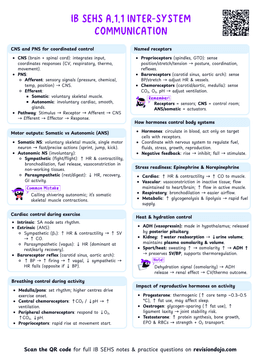The Role of Insulin in Glycogen Formation and Fat Accumulation
Understanding Insulin Basics
Insulin is a crucial hormone produced by the beta cells in the pancreas, and it plays a fundamental role in regulating blood glucose levels and energy storage in our body. Think of insulin as your body's storage hormone – it helps pack away energy for later use!
NoteInsulin is released when blood glucose levels rise, typically after we eat carbohydrate-rich meals.
Insulin's Role in Glycogen Formation
The Process of Glycogenesis
When insulin is released into the bloodstream, it triggers several important actions:
- Increases glucose uptake by cells (especially muscle and liver cells)
- Stimulates the enzyme glycogen synthase
- Promotes the conversion of glucose into glycogen (glycogenesis)
Think of glycogen as your body's carbohydrate savings account – it's stored mainly in the liver and muscles for quick access when needed!
Storage Locations
- Liver glycogen (about 100g storage capacity)
- Muscle glycogen (about 400g storage capacity)
Many students confuse liver and muscle glycogen functions. Remember: liver glycogen maintains blood glucose levels, while muscle glycogen is used locally by the muscles during exercise.
Insulin's Role in Fat Accumulation
The Lipogenesis Process
When glycogen stores are full, insulin promotes the conversion of excess glucose into fat (lipogenesis):


